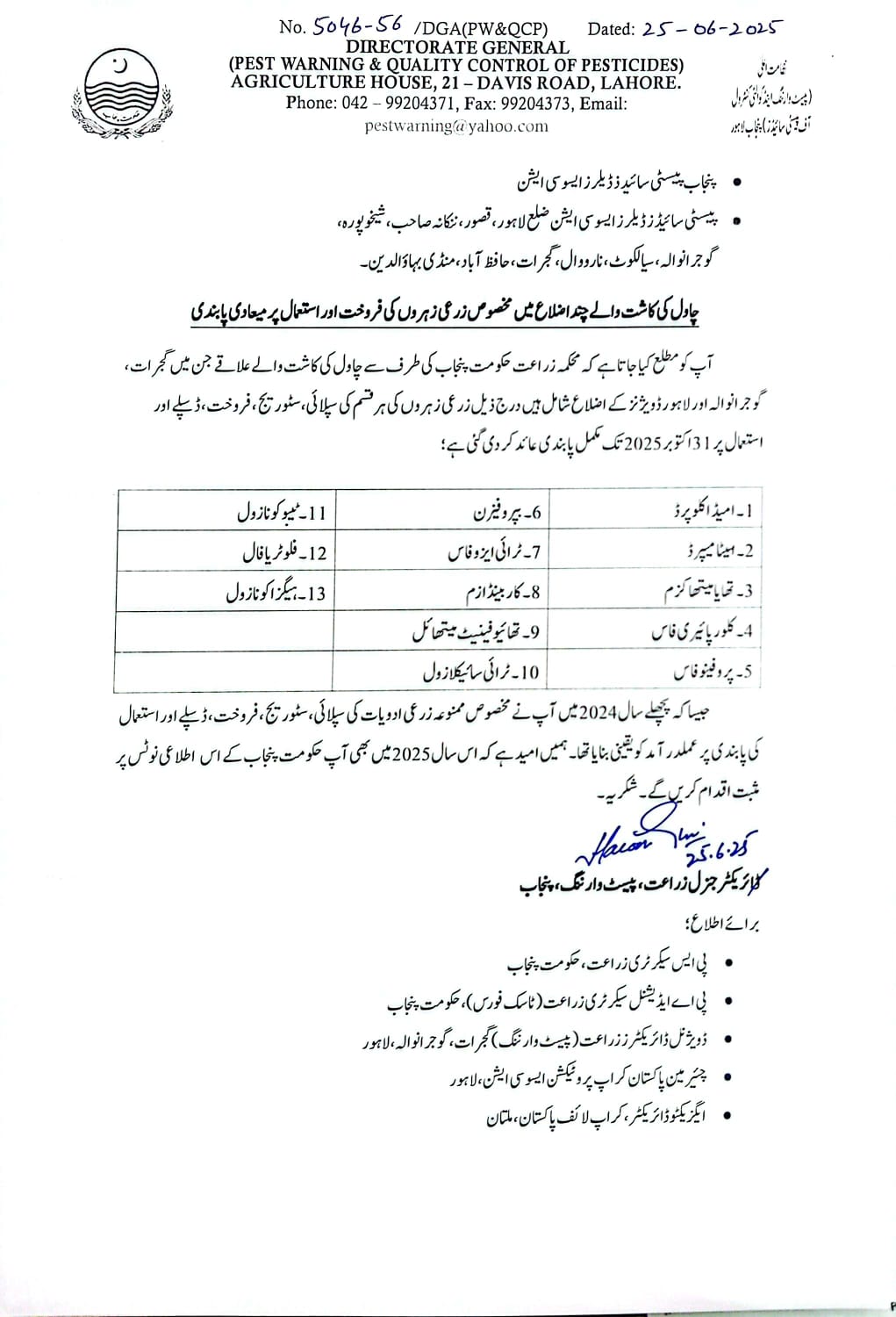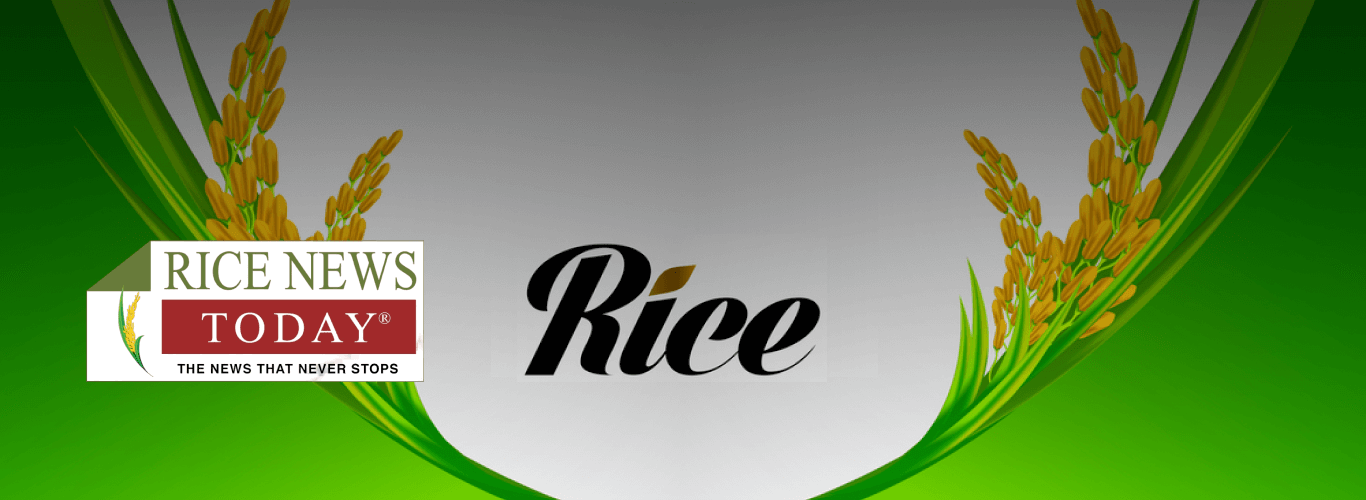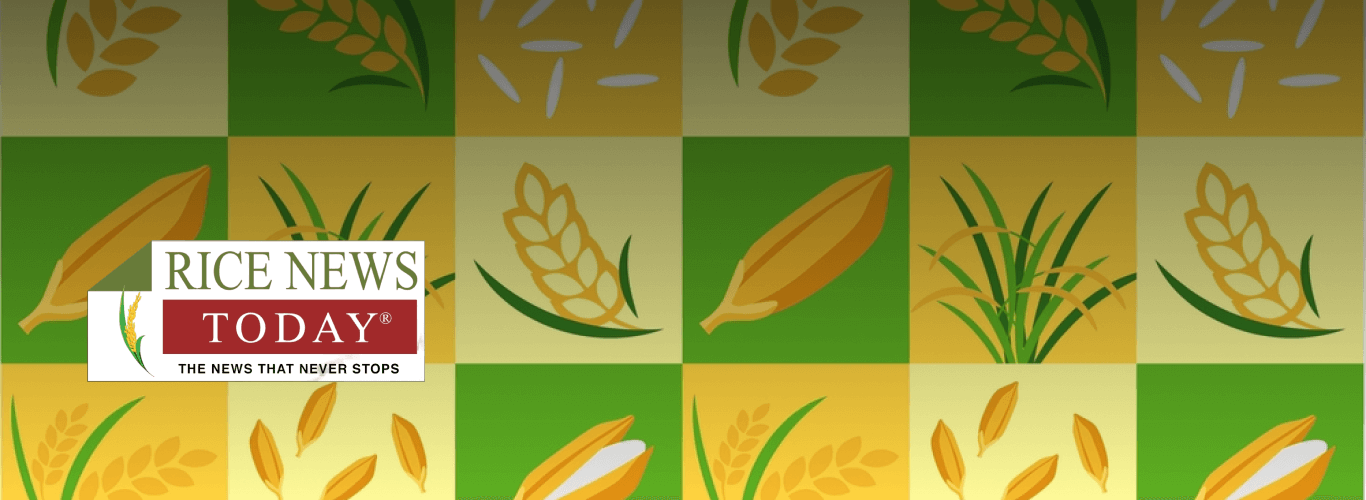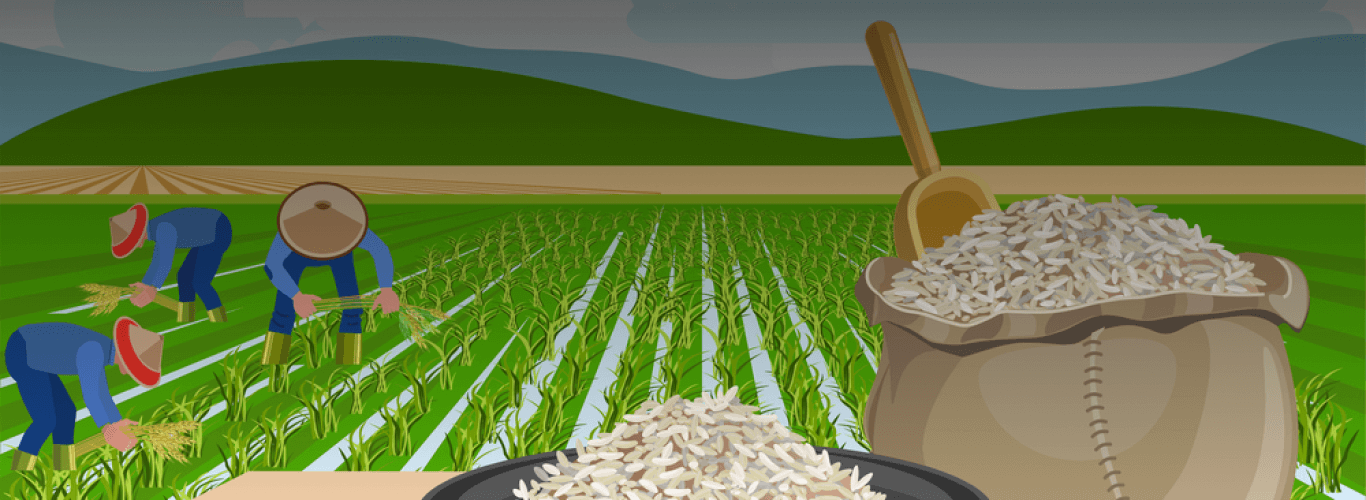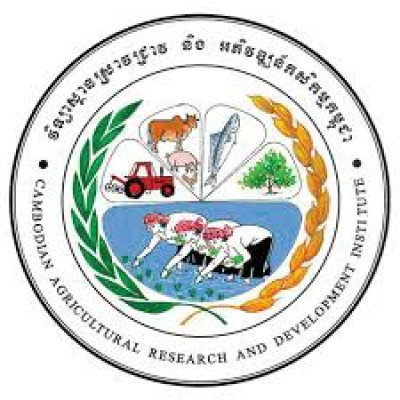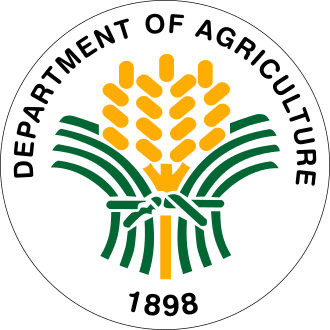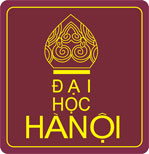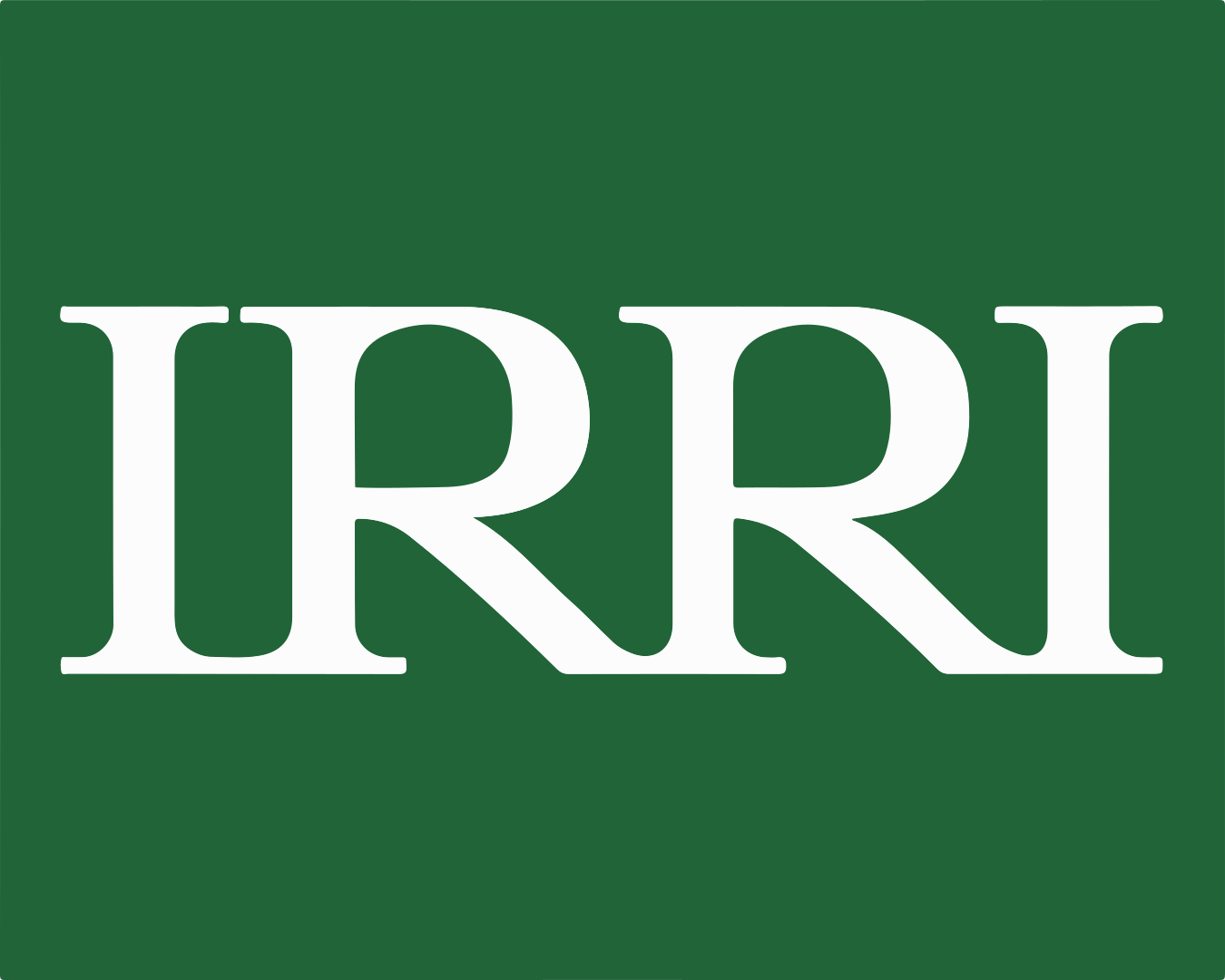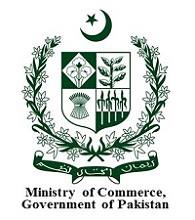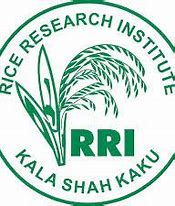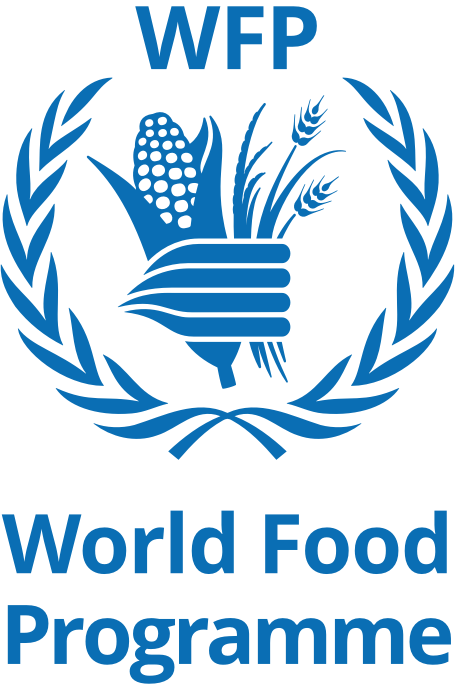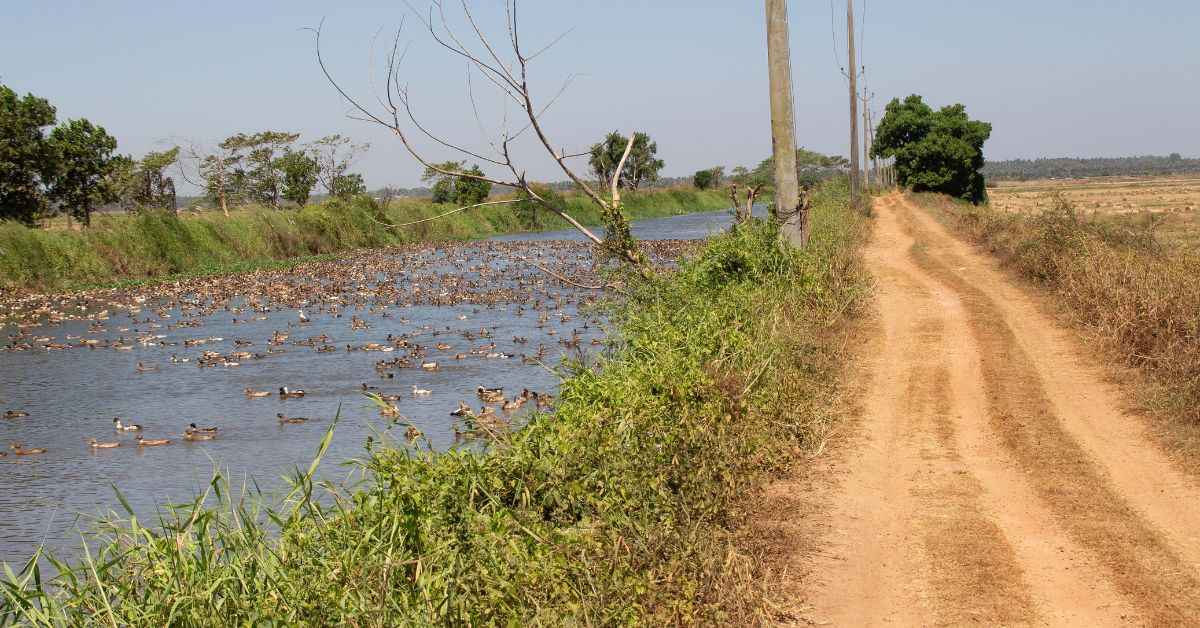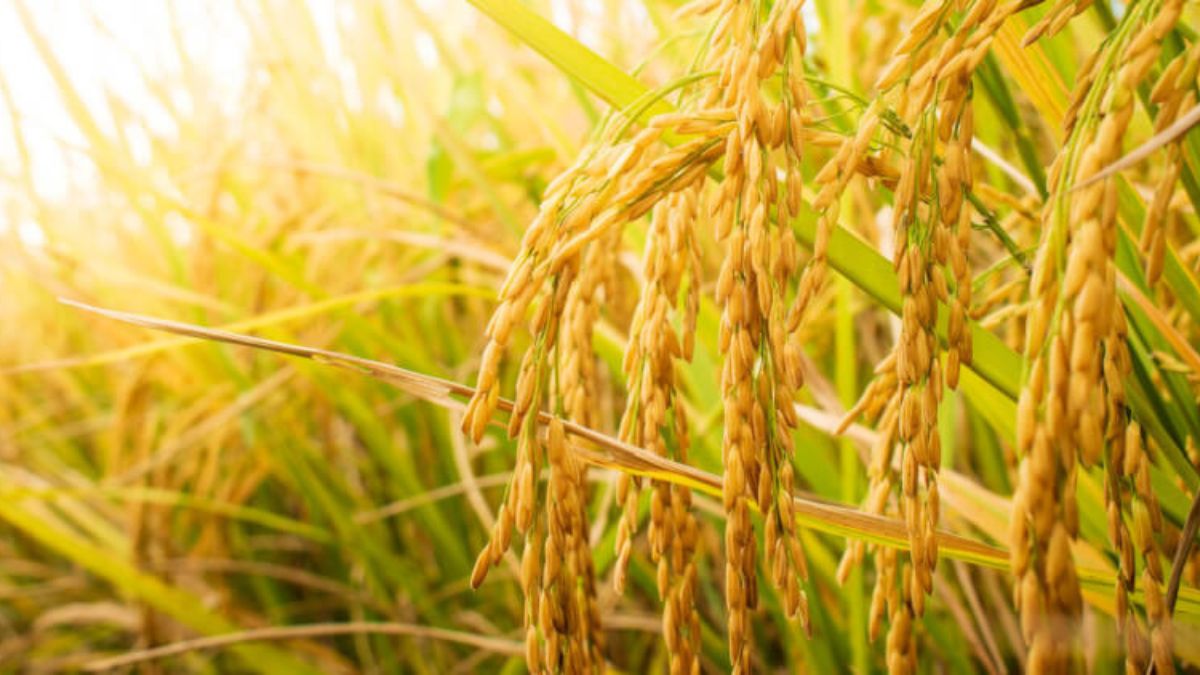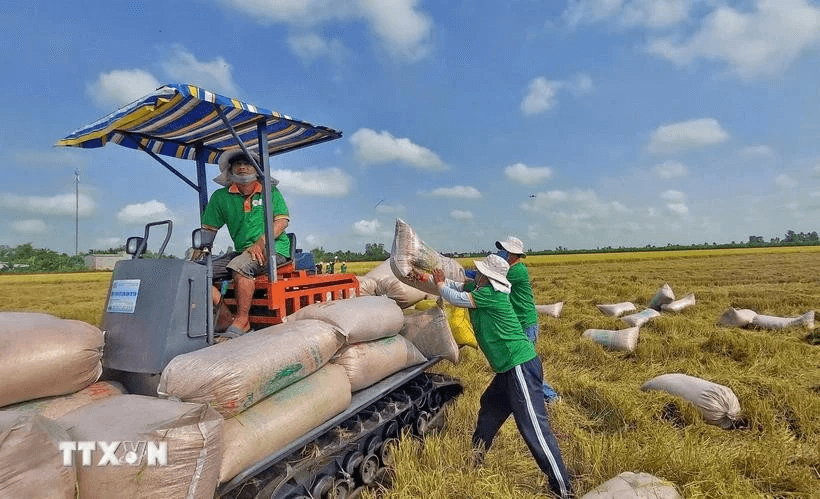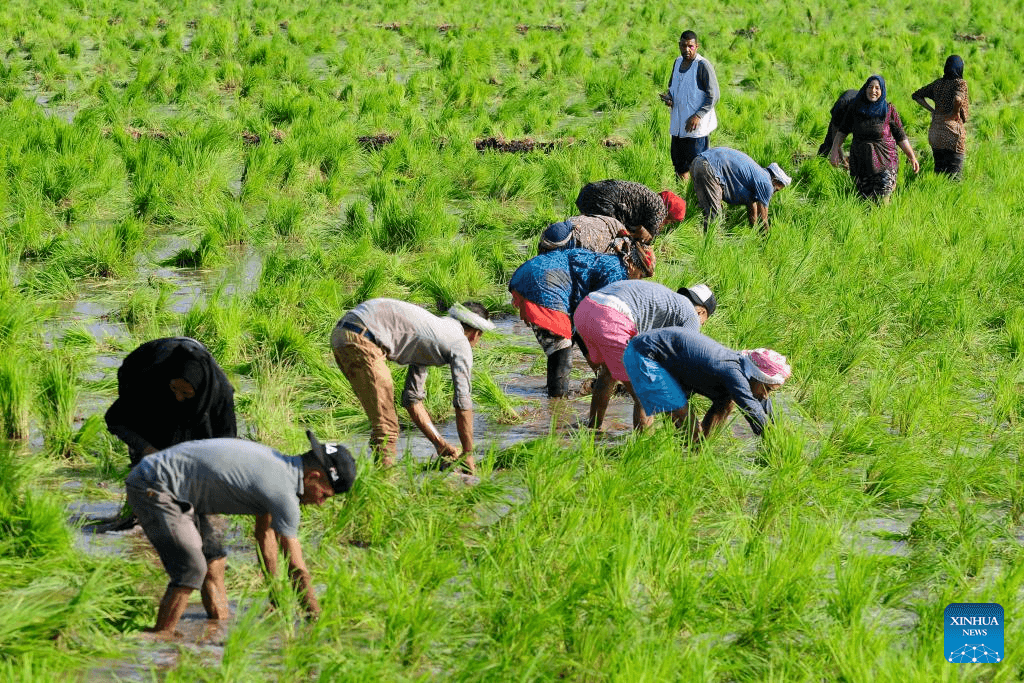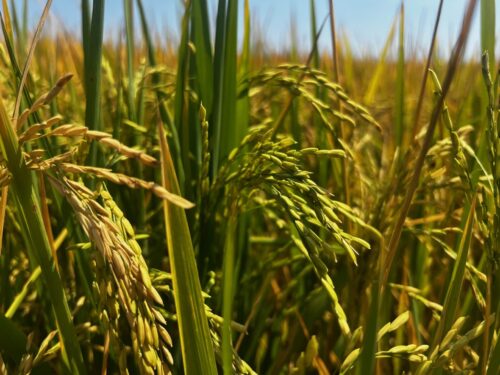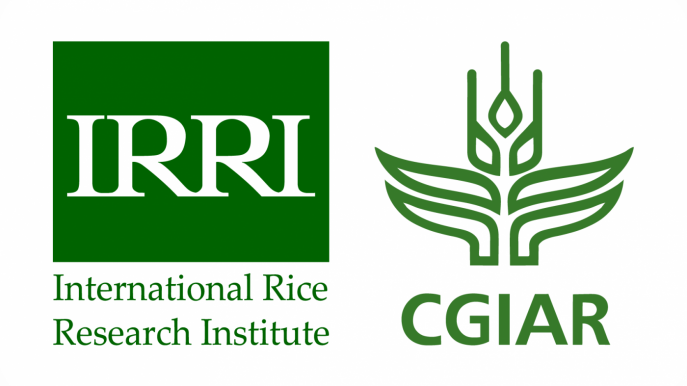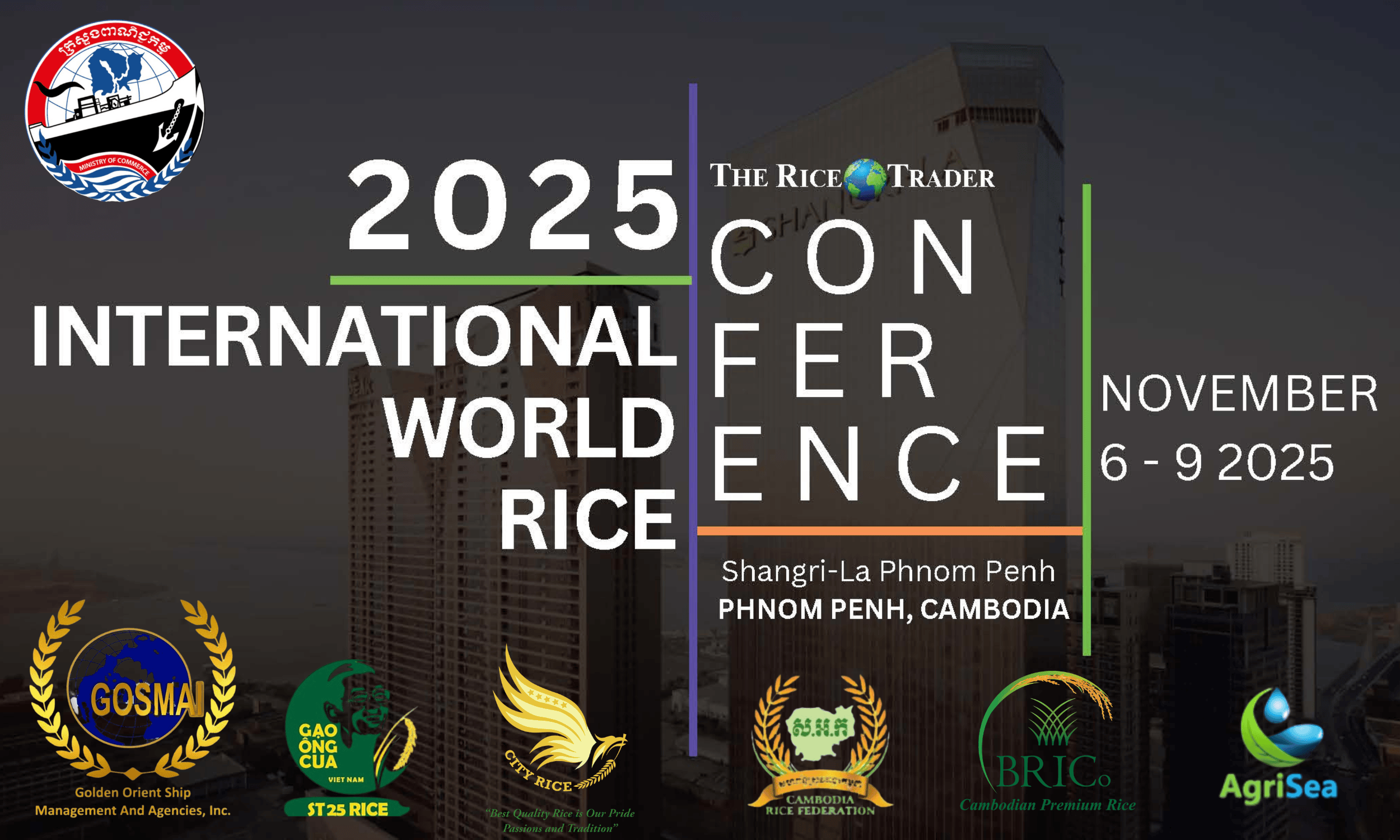Advertisement
Weekly Rice Market
(Indicative Quotes)
Basmati Rice
Basmati Rice | Indicative Quotes | Updated Weekly
Global Market | White Rice
White Rice | Indicative Quotes | Updated Weekly
| Origin | Type of Rice | Variety Name | Broken | Price | Change | High | Low |
|---|---|---|---|---|---|---|---|
| India | Milled White Rice | Long Grain | 5% | $383 | -2 | $496 | $380 |
| Pakistan | Milled White Rice | Long Grain | 5% | $394 | -2 | $640 | $381 |
| Pakistan | Milled White Rice | Long Grain | 5% | $590 | -2 | $613 | $488 |
| Thailand | Milled White Rice | Long Grain | 5% | $406 | -10 | $669 | $399 |
| Thailand | Milled White Rice | Long Grain | 5% | $596 | -10 | $659 | $469 |
| U.S | Milled White Rice | Long Grain | 4% | $662 | -3 | $818 | $662 |
| U.S | Milled White Rice | Long Grain | 4% | $798 | -3 | $798 | $708 |
| Vietnam | Milled White Rice | Long Grain | 5% | $387 | -4 | $657 | $387 |
| Vietnam | Milled White Rice | Long Grain | 5% | $579 | -4 | $667 | $445 |
News
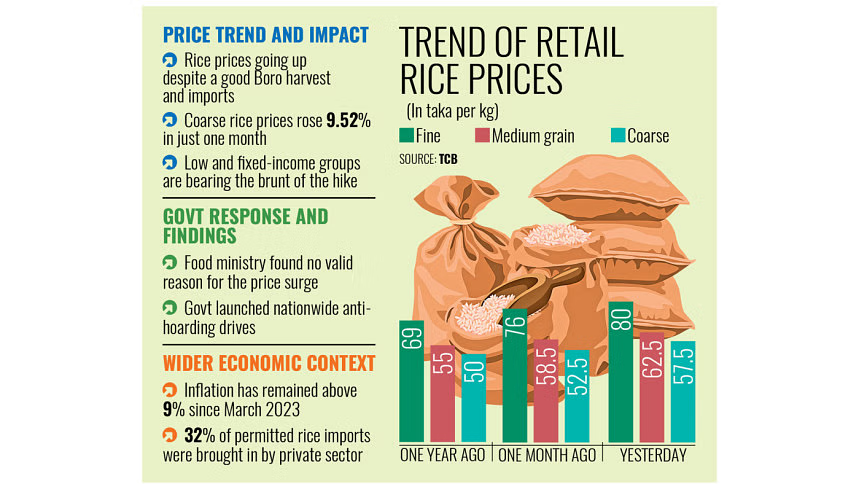
Rice prices rise d...
Sukanta Halder Rice prices have increased by Tk 3 to Tk 5 per kilogramme across all categories over the past month, despite the recent Boro harvest and continuing imports of the
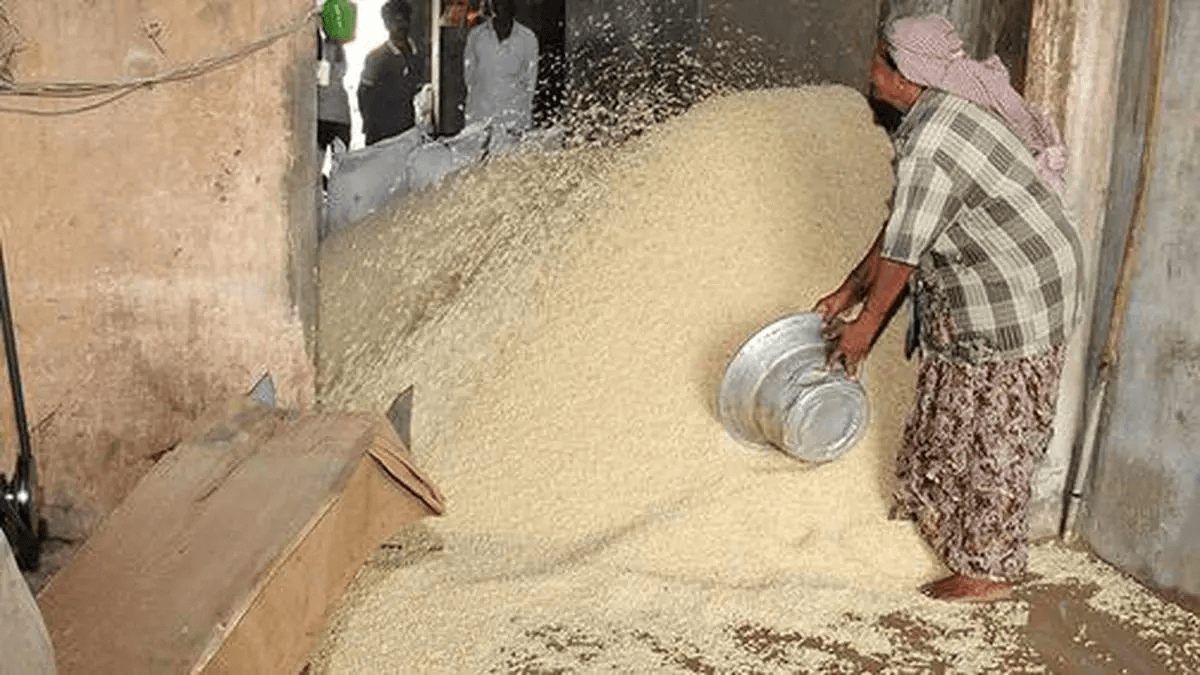
Indian govt to hik...
The Committee of Secretaries has decided to increase the prices of wheat and rice to be sold via the open market sale scheme. By Subramani Ra Mancombu The Indian government has
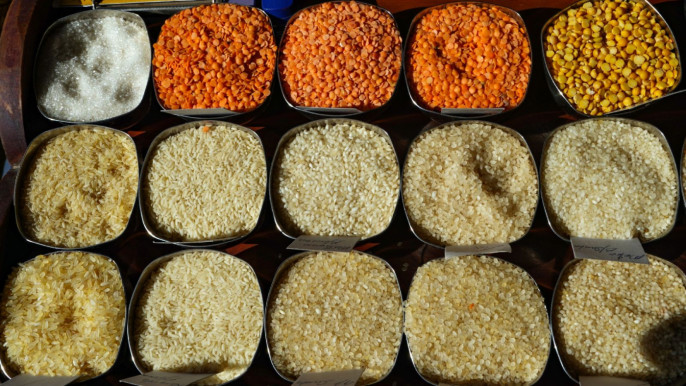
Govt imports recor...
8.30 lakh tonnes of rice, 4.66 lakh tonnes of wheat imported last fiscal. Shaikh Abdullah The government imported a record 12.96 lakh tonnes of food grains in the just concluded
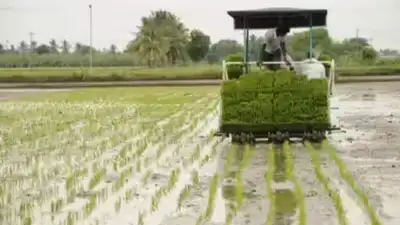
Total sown area th...
TOI Business Desk India’s Kharif crop sowing surged by 11.3% year-on-year as of June 27, 2025, propelled by a strong southwest monsoon and 9% above-average rainfall. Pulses and
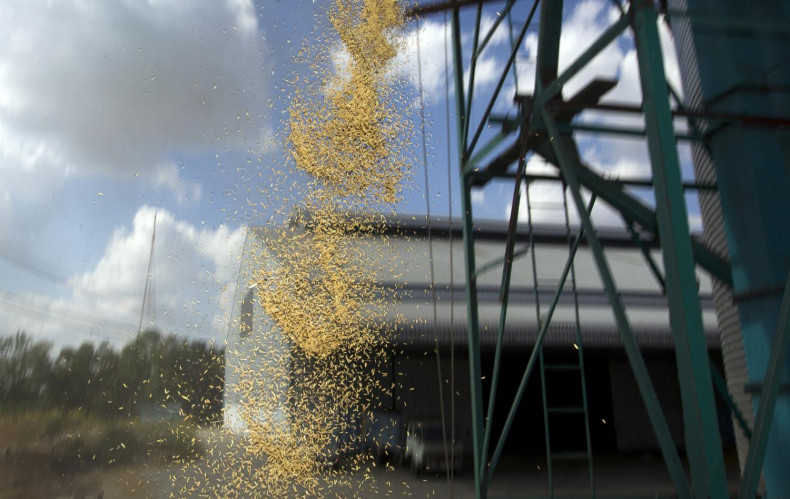
Committee endorses...
NEWSPAPER SECTION: Business / WRITER: Wichit Chantanusornsiri The National Rice Policy and Management Committee has approved four projects worth more than 50 billion baht to
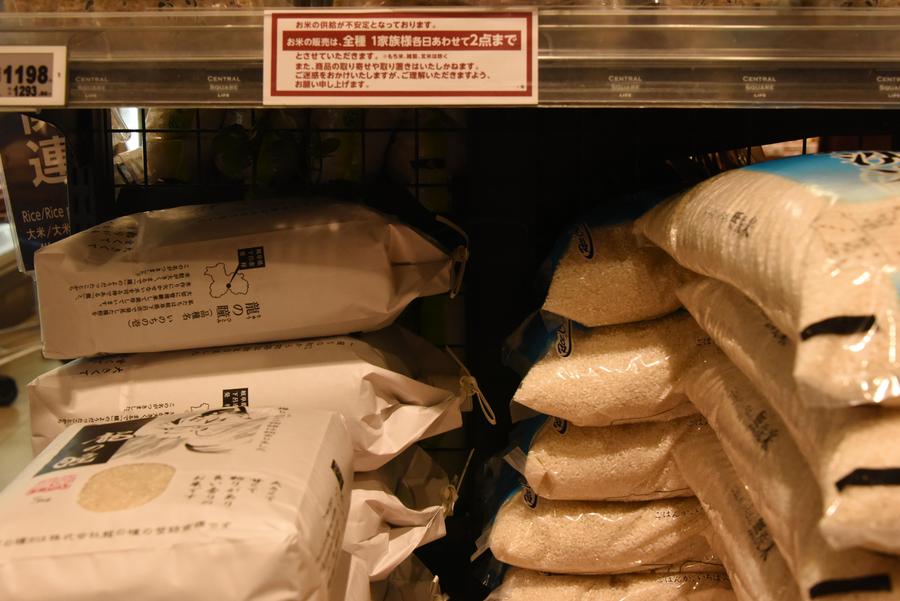
Japan says not to ...
Source: Xinhua / Editor: huaxia TOKYO, July 2 (Xinhua) — Japan has no intention of sacrificing its agricultural sector in response to U.S. President Donald Trump’s
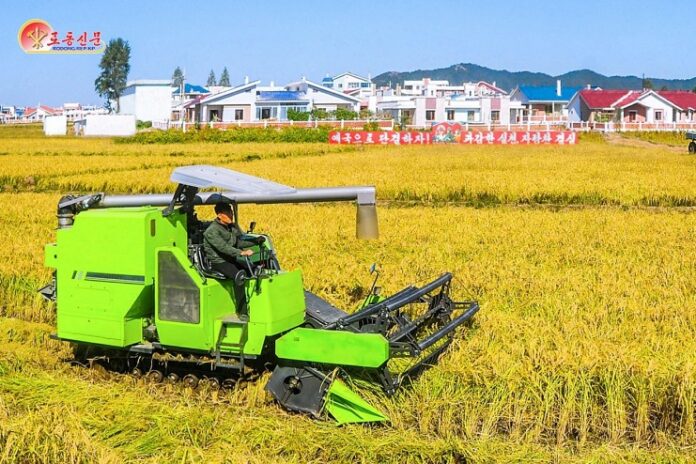
N. Korean rice pri...
“Rice prices keep rising while market activity stays sluggish, and many people are struggling to put food on the table,” a source in Ryanggang province told Daily NK
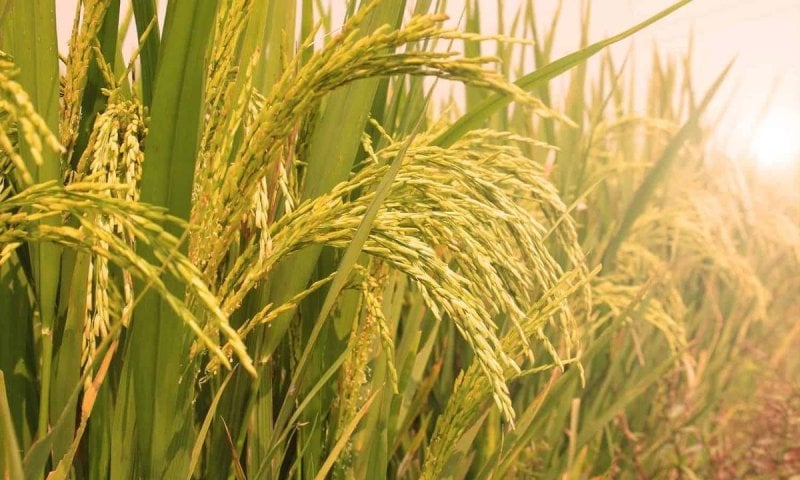
Rice valued at $3....
Over 5.544 million metric tons of rice valued at $3.203 billion were exported during the 11 months of the current financial year, as compared to the exports of 5.5.593 million

Trump threatens Ja...
By Elisabeth Buchwald, CNN CNN — President Donald Trump is threatening to impose higher tariffs on Japanese exports to the United States over what he claims is the
Featured Registered Companies
RNT Tube
Pakistan’s Rice Exports Resilient Amid India’s Subsidized Competition | Dawn News English
June 25, 2025
Statistics
Sustainable Rice
Farmers Place
Forex Rates
Open Market Forex Rates
Updated at:
From | ||
|---|---|---|
To | ||
| Countries | Currency | Spot Rate |
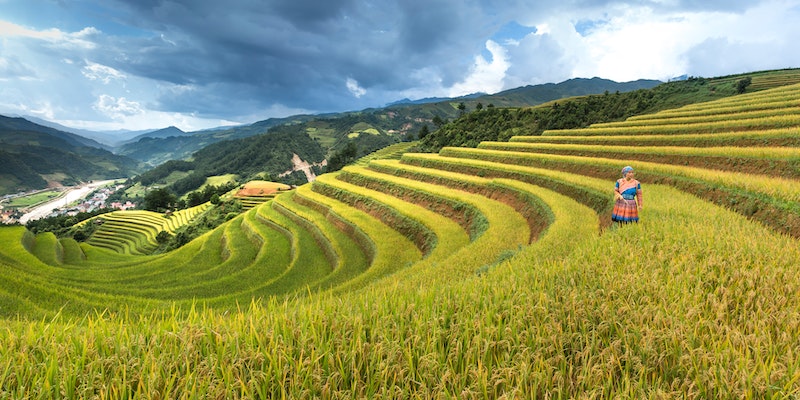
Enjoyed the read?
Join our monthly newsletter for helpful tips on how to run your business smoothly
